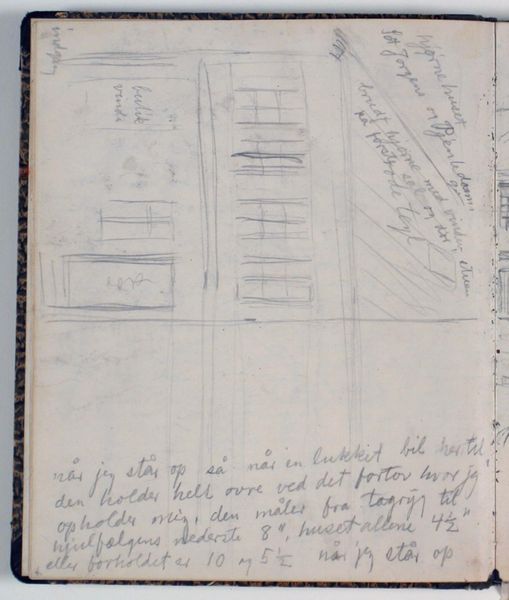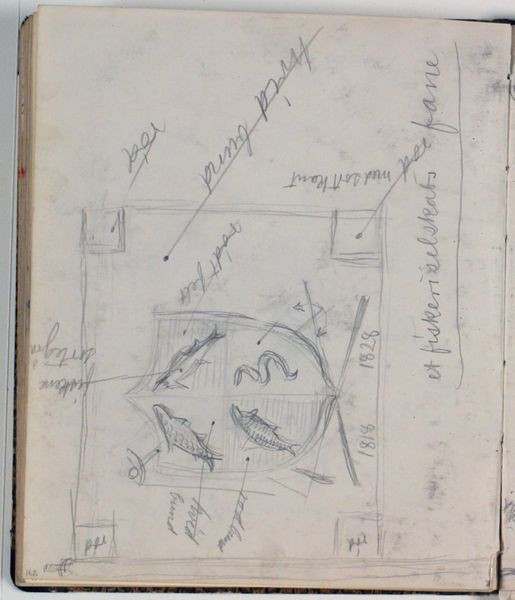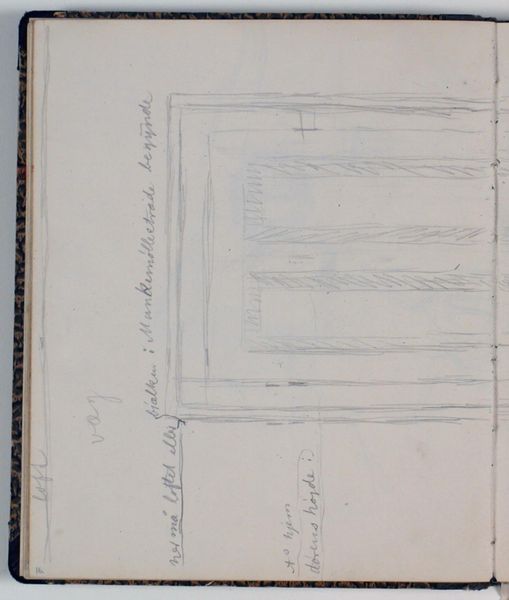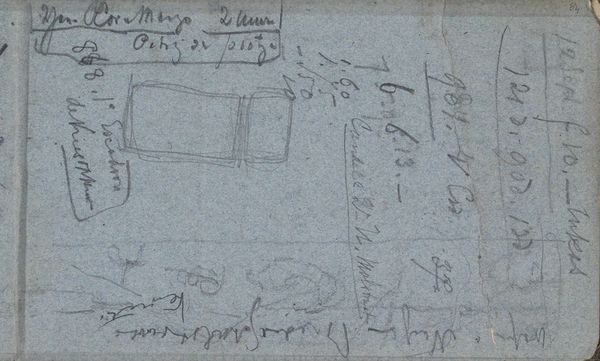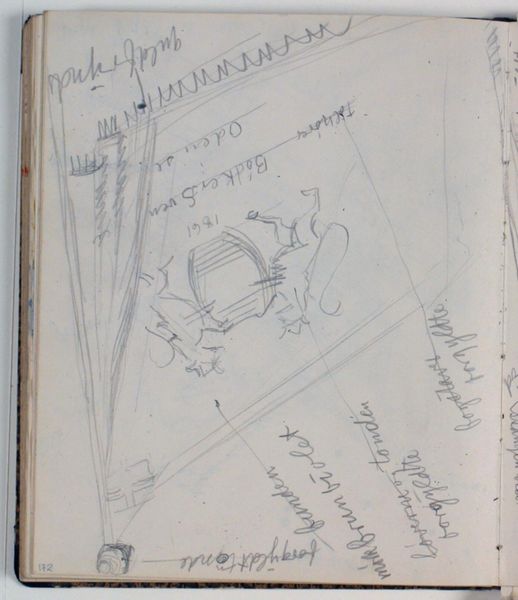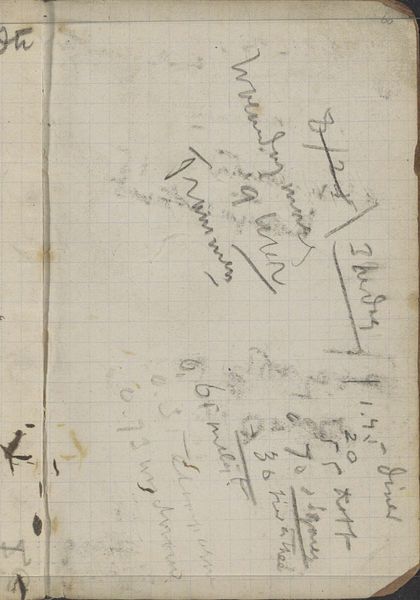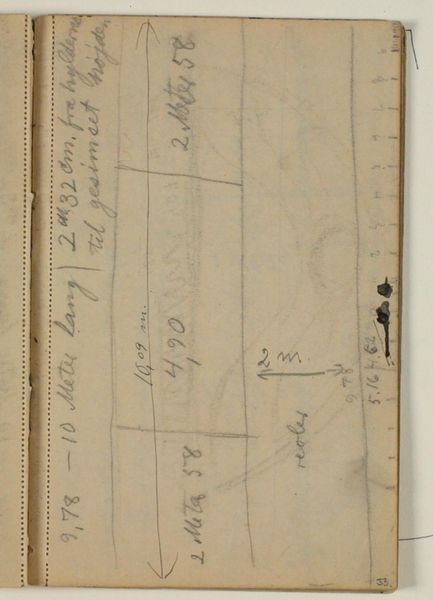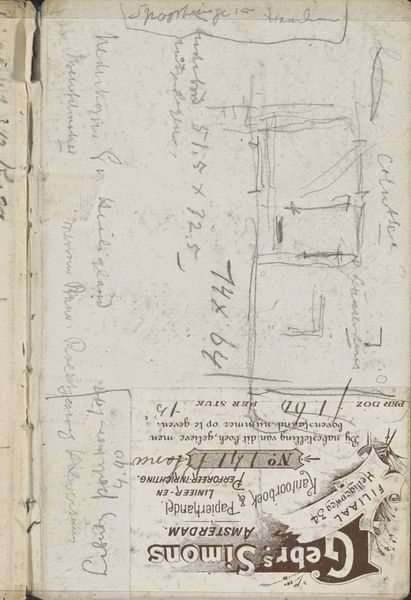
drawing, paper, pencil
#
drawing
#
landscape
#
paper
#
coloured pencil
#
pencil
Dimensions: 169 mm (height) x 109 mm (width) x 5 mm (depth) (monteringsmaal), 169 mm (height) x 109 mm (width) (bladmaal)
Editor: This is "Skitser af gravmæler. Notater," or "Sketches of gravestones. Notes" by Niels Larsen Stevns, dating from 1905-1907. It's a pencil and colored pencil drawing on paper. There's a casual, almost fleeting quality to these sketches. What strikes you about it? Curator: I'm drawn to the way these sketches reveal societal attitudes towards death and remembrance at the turn of the century. These weren't simply artistic exercises; they reflect evolving cultural norms about how we memorialize individuals and their legacies. What stories do you think these stones tell, both intentionally and unintentionally, about the social values of the time? Editor: That's a great question. The stones seem quite formal, almost austere. Was this a reflection of a certain class or societal expectation? Curator: Precisely. Consider the socio-economic context. Tombstones weren't accessible to everyone. They were often a symbol of status, reflecting wealth and social standing. These sketches could be read as a critique, maybe a subtle commentary on social inequalities, particularly regarding who gets remembered and how. Who gets to be cemented into history, quite literally? Editor: So you're saying these drawings might not just be observations, but subtle critiques? Curator: Exactly. Larsen Stevns might be inviting us to consider the politics of memory and the ways in which power structures are etched, sometimes quite permanently, into our landscapes. Think about whose stories are being told, and whose are being left out. Editor: That reframes my understanding entirely. It’s powerful to consider art's potential to question social norms. Curator: Absolutely. And art like this reminds us to question the narratives we inherit, urging us to build a more inclusive and equitable understanding of the past. Editor: I will definitely look at these sketches in a different light moving forward.
Comments
No comments
Be the first to comment and join the conversation on the ultimate creative platform.
